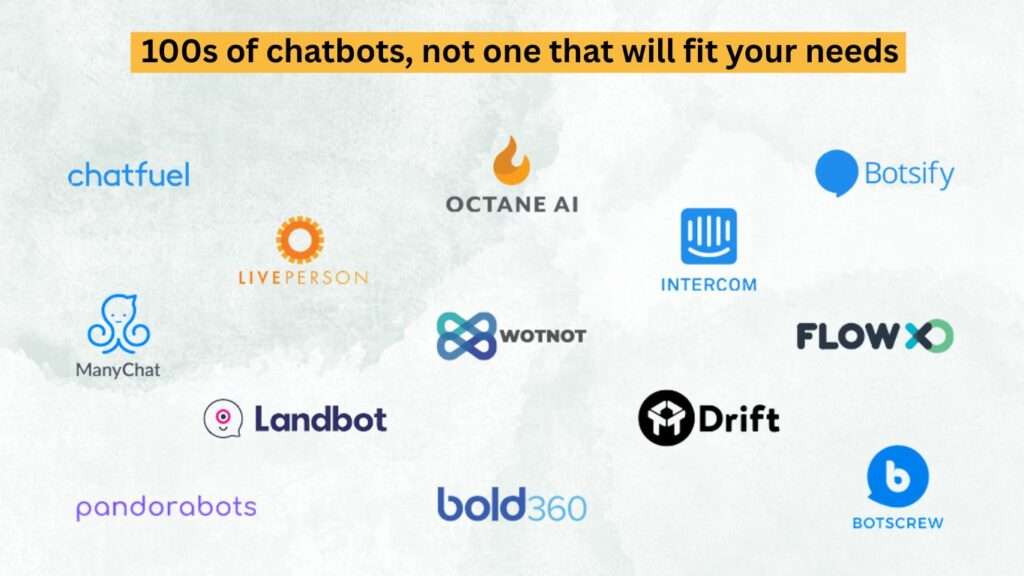
Managing money can be overwhelming—balancing budgets, monitoring expenses, and planning for the future often feel like juggling too many balls at once. But what if there was a smarter, simpler way to take control of your finances? Enter financial chatbots: AI-powered virtual assistants designed to make managing money a breeze.
In this blog, we’ll explore how financial chatbots work, the benefits they bring, and why they’re becoming an essential tool for individuals and businesses alike. Whether you’re a tech-savvy millennial or someone new to the world of AI, you’re about to discover how these digital helpers are changing the way we think about money.
What Are Financial Chatbots?
Let’s start with the basics. Financial chatbots are AI-driven tools that assist with tasks like budgeting, saving, investment tracking, and even customer service in banking. They use natural language processing (NLP) to communicate with users in a way that feels natural and conversational—just like chatting with a friend.
For example, a chatbot can:
- Notify you of upcoming bills.
- Suggest savings plans tailored to your spending habits.
- Answer questions like, “How much did I spend on dining out last month?”
Think of them as personal financial advisors, available 24/7, and always ready to help.
Why Are Financial Chatbots Gaining Popularity?
The appeal of financial chatbots lies in their ability to make complex financial tasks simple and accessible. Here’s why they’re becoming so popular:
- Convenience: Financial chatbots work across multiple platforms—banking apps, messaging services like WhatsApp, or even voice assistants like Alexa—making it easy to manage money on the go.
- Personalization: They analyze your financial data to provide advice tailored specifically to your needs, helping you make smarter decisions.
- Cost-Effectiveness: Unlike traditional financial advisors, chatbots don’t charge hefty fees, making them accessible to everyone.
How Financial Chatbots Are Changing the Game?
Now that we know what financial chatbots are, let’s dive into how they’re transforming the financial landscape. Here are some of their top capabilities:
1. Simplifying Budgeting
Creating and sticking to a budget is a cornerstone of financial wellness, but let’s face it—it’s not always fun. Chatbots make budgeting effortless.
- Expense Tracking: Financial chatbots categorize your spending (groceries, dining, entertainment) and provide insights into where your money goes.
- Budget Alerts: They notify you when you’re close to exceeding your budget in a specific category, helping you stay on track.
For instance, Cleo, a popular financial chatbot, adds a bit of humor to money management. It doesn’t just track your spending; it might cheekily remind you, “Maybe skip the latte today and save $5 toward your dream vacation!”
2. Encouraging Smart Saving
Saving money can feel like a challenge, but chatbots turn it into a manageable, even enjoyable, process.
- Automated Savings: Chatbots can round up your purchases to the nearest dollar and transfer the difference to a savings account.
- Goal Setting: Whether you’re saving for a wedding, a new car, or an emergency fund, chatbots help you set and stick to achievable goals.
Digit is a great example. It analyzes your spending habits and automatically saves small amounts you won’t miss. Before you know it, you’ve built up a tidy savings cushion without lifting a finger.
3. Offering Personalized Financial Advice
Gone are the days of generic advice that doesn’t account for your unique situation. Financial chatbots excel at personalization.
- Tailored Suggestions: By analyzing your financial behavior, chatbots recommend steps to improve your financial health, like reducing discretionary spending or consolidating debt.
- Investment Guidance: For those interested in growing their wealth, some chatbots provide beginner-friendly advice on investing in stocks, mutual funds, or other financial products.
Imagine asking a chatbot, “Should I pay off my credit card debt before investing?” and receiving a clear, personalized answer. That’s the power of AI.
4. Streamlining Customer Support
Nobody likes waiting on hold for customer service. Financial chatbots eliminate this frustration by providing instant, round-the-clock support.
- Answering FAQs: Whether it’s “What’s my account balance?” or “How do I reset my password?” chatbots deliver quick answers without the wait.
- Resolving Issues: For more complex concerns, chatbots can guide you step-by-step or connect you to a human agent if necessary.
Banks like HSBC use chatbots to handle thousands of customer queries every day, improving response times and reducing the workload for their support teams.
5. Simplifying Investments
Investing can be intimidating, especially for beginners. Chatbots demystify the process and make investing accessible to everyone.
- Portfolio Management: Chatbots help you track your investments, understand performance, and suggest adjustments based on market trends.
- Educational Insights: They explain financial jargon in plain language, empowering you to make informed decisions.
For example, Bank of America’s Erica not only tracks investments but also provides regular updates on your portfolio’s health, helping you stay in control.
6. Enhancing Financial Literacy
Understanding your finances is crucial, but it’s not always easy. Chatbots act as teachers, breaking down complex concepts into bite-sized, digestible information.
- Interactive Learning: Want to learn about compound interest or the benefits of a Roth IRA? Just ask a chatbot.
- Real-Time Feedback: Chatbots analyze your financial behavior and offer immediate suggestions to improve your habits.
By fostering financial literacy, chatbots empower users to take charge of their financial future.
7. Fraud Detection and Security
Safety is a top priority in financial management, and chatbots play a key role in safeguarding your money.
- Monitoring Transactions: Chatbots flag unusual activity, such as duplicate charges or transactions outside your spending patterns.
- Instant Alerts: They notify you immediately if your account balance drops below a certain threshold or if suspicious activity is detected.
This proactive approach to security provides peace of mind in an increasingly digital world.
The Future of Financial Chatbots
As technology evolves, so do the possibilities for financial chatbots. Here’s a glimpse into what the future might hold:
- Voice-Powered Transactions: Imagine asking your virtual assistant, “Transfer $100 to my savings account,” and having it done instantly.
- Integration with IoT: Picture a chatbot that syncs with your smart devices to remind you about utility payments or upcoming expenses.
- AI-Driven Predictions: Advanced AI could predict future financial trends based on your habits, helping you make proactive decisions.
The potential is limitless, and the best part? These innovations will make financial planning even more seamless and accessible.
Conclusion:
Financial chatbots are more than just a trendy tech feature—they’re becoming essential tools for anyone looking to take control of their money. From budgeting and saving to investment guidance and fraud prevention, these AI-driven assistants simplify every aspect of financial planning.
Whether you’re managing your personal finances or running a business, a financial chatbot can save you time, reduce stress, and help you achieve your financial goals. And with new advancements constantly on the horizon, the future of money management has never looked brighter.
Ready to take your financial management to the next level? Get started with BeyondChats today!




